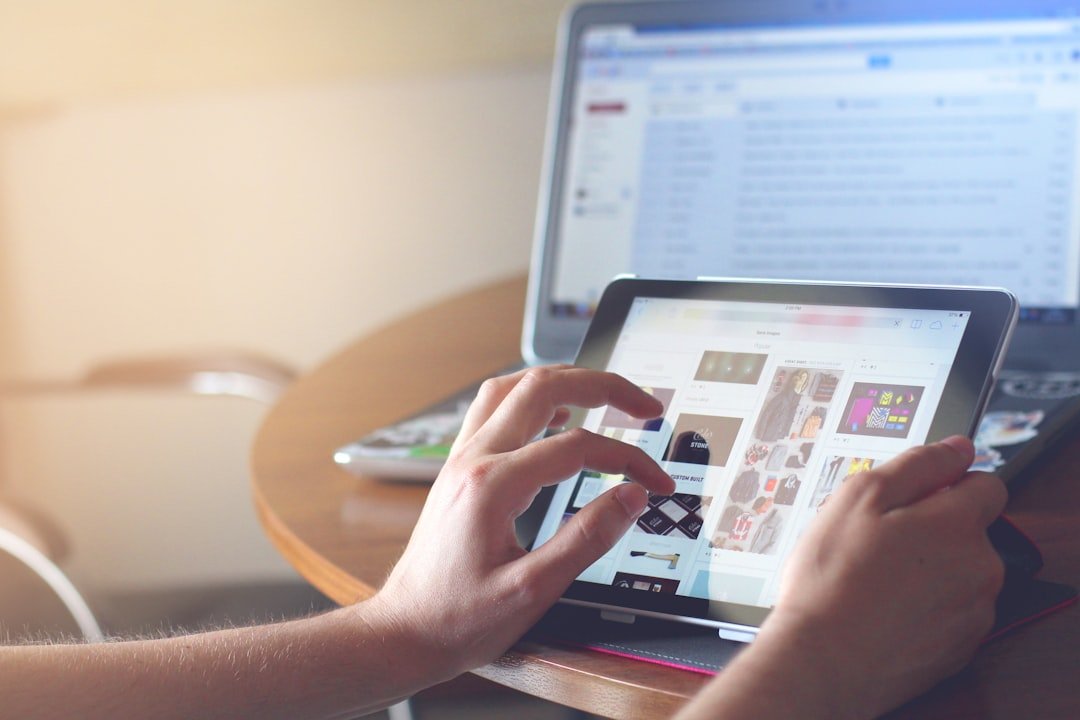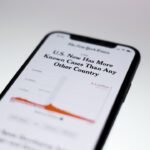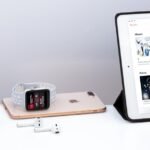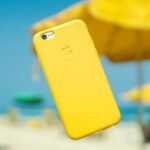Google Play is the official app store for Android devices, offering a vast array of applications, games, music, movies, and books. It serves as a central hub for Android users to download and manage their digital content. In contrast, the iPhone operates on Apple’s iOS, which utilizes the App Store as its primary source for applications.
The fundamental difference in operating systems creates a natural barrier to direct compatibility between Google Play and iPhones. This divergence raises questions about the feasibility of accessing Google Play content on an iPhone and the implications of such attempts. The growing popularity of cross-platform applications has led many users to wonder if they can bridge the gap between these two ecosystems.
While some applications are available on both platforms, the unique architecture of iOS and Android means that not all Google Play apps can be directly accessed or utilized on an iPhone. This article delves into the intricacies of Google Play and its compatibility with iPhones, exploring the limitations, alternatives, and potential future developments in this area.
Key Takeaways
- Google Play is not natively compatible with iPhone, as it is designed for Android devices.
- Google Play and the App Store have different app libraries and user interfaces, catering to different operating systems.
- Using Google Play on iPhone has limitations, such as the inability to download apps directly from the platform.
- Alternatives to accessing Google Play on iPhone include using web browsers or third-party app stores.
- It is not possible to directly download Google Play apps on iPhone, but some apps may have iOS versions available in the App Store.
Understanding the differences between Google Play and the App Store
The Google Play Store and Apple’s App Store are both digital distribution platforms, but they operate under different philosophies and guidelines. Google Play is known for its open ecosystem, allowing developers to publish apps with fewer restrictions compared to Apple’s App Store. This openness fosters a diverse range of applications, including those that may not meet stringent quality or security standards.
In contrast, Apple maintains a more controlled environment, emphasizing quality assurance and user security. Each app submitted to the App Store undergoes a rigorous review process before it becomes available for download. Another significant difference lies in the user interface and experience.
The Google Play Store is designed with a focus on personalization and recommendations based on user behavior. It employs algorithms that suggest apps tailored to individual preferences, making it easier for users to discover new content. The App Store, while also offering personalized recommendations, tends to prioritize curated lists and editorial content, showcasing featured apps and games prominently.
This distinction in approach reflects the broader philosophies of Android and iOS regarding user engagement and content discovery.
Exploring the limitations of using Google Play on iPhone
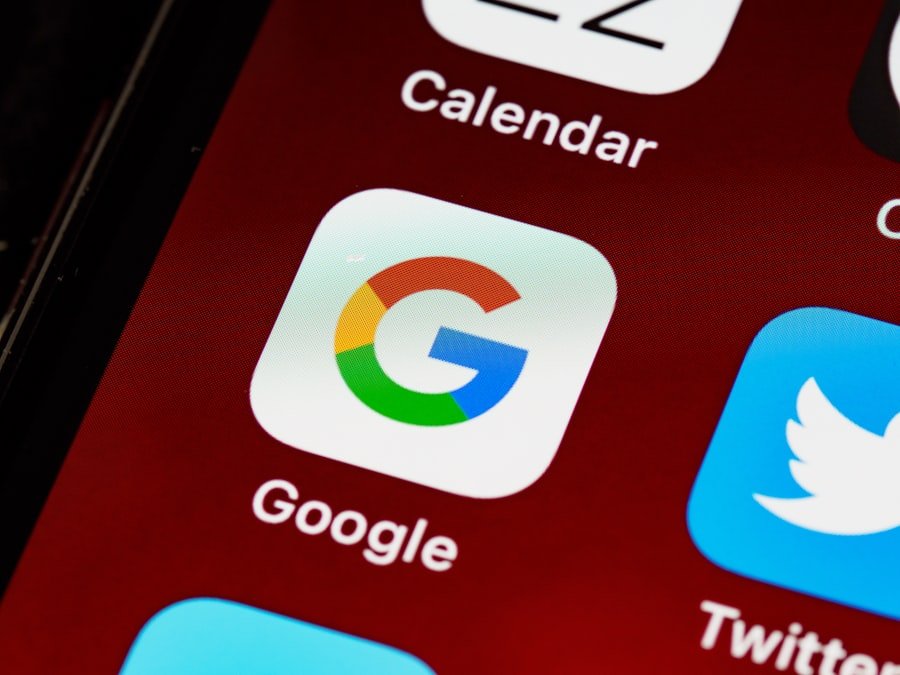
Attempting to access Google Play on an iPhone presents several inherent limitations due to the fundamental differences in operating systems. First and foremost, iOS does not support APK files, which are the package format used by Android applications. This means that even if a user were to find a way to access Google Play through a web browser or third-party application, they would still be unable to install Android apps directly onto their iPhone.
The architecture of iOS is designed to run applications specifically built for its environment, which excludes any software developed for Android. Moreover, even if certain applications are available on both platforms, they may not function identically due to differences in system capabilities and design philosophies. For instance, an app that relies heavily on Google services or specific Android features may not perform optimally—or at all—on an iPhone.
This limitation extends beyond mere functionality; it also encompasses user experience aspects such as interface design and integration with device features like notifications or camera capabilities.
Alternatives to accessing Google Play on iPhone
| Alternatives | Pros | Cons |
|---|---|---|
| Sideload APKs | Access to Android apps | Risk of malware |
| Third-party App Stores | Wide app selection | Potential security risks |
| App Streaming Services | No need to download apps | Dependent on internet connection |
While direct access to Google Play on an iPhone is not feasible, there are alternative methods for accessing similar content or functionalities. One option is to look for cross-platform applications that are available on both Google Play and the App Store. Many popular apps, such as social media platforms (Facebook, Instagram) or productivity tools (Microsoft Office, Slack), have versions tailored for both operating systems.
Users can download these applications from the App Store without needing to access Google Play. Another alternative is utilizing web-based services that offer similar functionalities to popular apps found on Google Play. For example, many games and applications have web versions that can be accessed through a browser on an iPhone.
While this may not provide the same experience as a native app, it allows users to engage with content that might otherwise be exclusive to Android devices. Additionally, some developers offer Progressive Web Apps (PWAs), which can be added to the home screen of an iPhone and function similarly to native applications.
How to use Google Play services on iPhone
Using Google Play services directly on an iPhone is not possible due to the incompatibility between the two platforms; however, users can still leverage certain Google services that enhance their experience on iOS devices. For instance, many Google applications such as Gmail, Google Drive, and Google Maps are available for download from the App Store. These apps integrate seamlessly with iOS while providing users with access to their Google accounts and services.
Furthermore, users can utilize web-based versions of various Google services through Safari or other browsers on their iPhones. For example, accessing Google Docs or Sheets through a browser allows users to create and edit documents without needing a dedicated app from Google Play. While this approach may not offer all the features available in native apps, it provides a viable workaround for accessing essential services associated with Google.
Is it possible to download Google Play apps on iPhone?
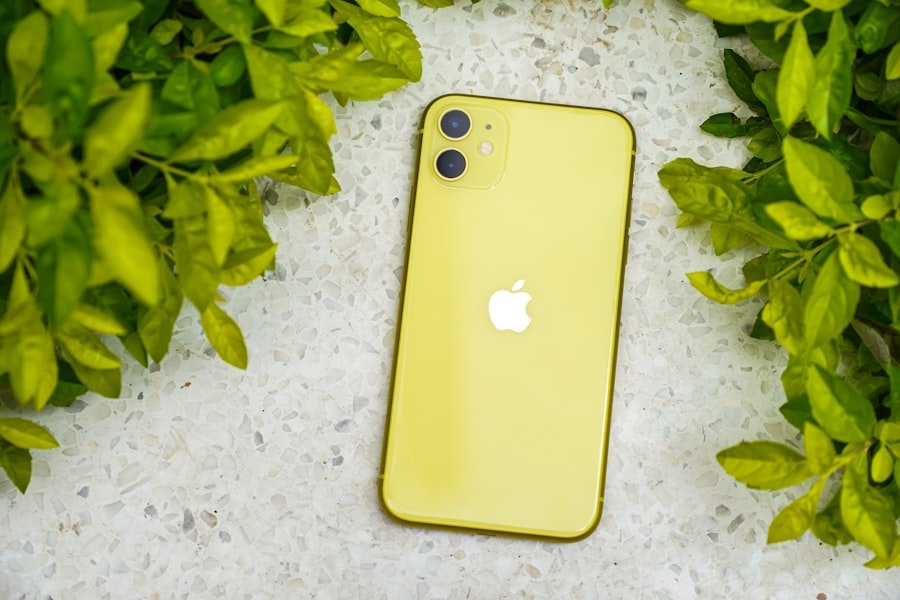
Downloading apps directly from Google Play onto an iPhone is not possible due to the inherent differences in operating systems and application formats. As previously mentioned, Android applications are packaged as APK files, which cannot be executed or installed on iOS devices. This limitation is further compounded by Apple’s strict policies regarding app installation; users can only download applications from the App Store unless they jailbreak their devices—a process that voids warranties and poses significant security risks.
However, some developers create versions of their applications specifically for both Android and iOS platforms. In these cases, users can find equivalent apps in the App Store that offer similar functionalities as those available on Google Play. For example, popular games like “Among Us” or “Fortnite” are available on both platforms but are developed separately for each operating system.
The user experience when interacting with applications from Google Play on Android devices is generally more fluid compared to what an iPhone user might encounter when trying to access similar content. Android’s open ecosystem allows for greater customization options, enabling users to tailor their home screens with widgets and shortcuts from various apps downloaded from Google Play. This flexibility enhances user engagement by allowing individuals to create a personalized interface that suits their preferences.
In contrast, the user experience on an iPhone is characterized by a more uniform design language dictated by Apple’s guidelines. While this consistency can lead to a more polished overall experience, it may limit customization options compared to Android devices. Additionally, certain features available in Android apps may not translate well into their iOS counterparts due to differences in system architecture and design philosophies.
For instance, an app that utilizes background services extensively on Android may not offer the same level of functionality on an iPhone due to restrictions imposed by Apple’s operating system.
Addressing security concerns when using Google Play on iPhone
Security is a paramount concern when discussing compatibility between Google Play and iPhones. The open nature of the Android ecosystem means that users may encounter malicious applications more frequently than those using Apple’s App Store, which employs stringent review processes to ensure app safety. While this does not imply that all apps on Google Play are unsafe, it does highlight the importance of exercising caution when downloading applications from any source.
When considering accessing Google services or content through an iPhone, users should remain vigilant about potential security risks associated with third-party applications or web-based services claiming compatibility with Google Play. Ensuring that any application downloaded from the App Store is legitimate and has positive reviews can mitigate some risks associated with security vulnerabilities.
Tips for maximizing the functionality of Google Play on iPhone
To maximize functionality while using Google services on an iPhone, users should consider leveraging native applications available in the App Store that correspond with their needs. For instance, utilizing Google’s suite of productivity tools—such as Docs, Sheets, and Slides—can enhance collaboration efforts while maintaining compatibility across devices. Additionally, syncing these applications with cloud storage solutions like Google Drive ensures seamless access to files regardless of whether users are on an Android or iOS device.
Another tip involves utilizing browser-based versions of popular services when native apps do not meet specific needs or when users seek additional features not available in their mobile counterparts. Bookmarking frequently used web pages or creating shortcuts on the home screen can streamline access to these services while providing a more comprehensive experience than what might be available through standalone apps.
Potential future developments in Google Play and iPhone compatibility
As technology continues to evolve rapidly, there is potential for future developments that could enhance compatibility between Google Play and iPhones. One possibility lies in increased collaboration between major tech companies like Apple and Google, which could lead to cross-platform solutions that allow for greater interoperability between their respective ecosystems. Such advancements could pave the way for shared services or applications that function seamlessly across both platforms.
Additionally, advancements in cloud computing may enable users to access applications remotely without being tied down by device limitations. This could lead to scenarios where users can run Android applications via cloud-based solutions directly from their iPhones without needing direct downloads from either app store.
The future of Google Play on iPhone
The future of Google Play compatibility with iPhones remains uncertain but holds promise as technology continues to advance. While current limitations prevent direct access to Android applications on Apple devices, ongoing developments in cross-platform solutions and cloud computing may eventually bridge this gap. As both ecosystems evolve, users can anticipate new ways to interact with their favorite applications regardless of device type—ultimately enhancing their digital experiences across platforms.
If you are wondering if you can have Google Play on your iPhone, you may want to check out this article on getiphoneinfo.com. This website provides information on various iPhone-related topics, including how to access Google Play on an iPhone. It may offer some helpful tips and insights on this subject.
FAQs
What is Google Play?
Google Play is a digital distribution service operated and developed by Google. It serves as the official app store for the Android operating system, allowing users to browse and download applications, music, books, movies, and television programs.
Can you have Google Play on iPhone?
No, Google Play is not available on the iPhone. Google Play is specifically designed for Android devices and is not compatible with iOS devices such as the iPhone.
What is the equivalent of Google Play for iPhone?
The equivalent of Google Play for iPhone is the Apple App Store. The App Store is the official app distribution platform for iOS devices and offers a wide range of applications, games, and other digital content for iPhone users to download and enjoy.
Can you access Google Play on an iPhone through a web browser?
While you cannot access the Google Play store directly on an iPhone, you can use a web browser to access the Google Play website. However, you will not be able to download and install Android apps from the Google Play website onto your iPhone.
Are there any alternative app stores for iPhone users?
Yes, there are alternative app stores available for iPhone users, such as the Amazon Appstore and the Cydia app store (for jailbroken devices). However, it’s important to note that the Apple App Store is the only official app distribution platform for iOS devices and is the recommended source for downloading apps on an iPhone.
